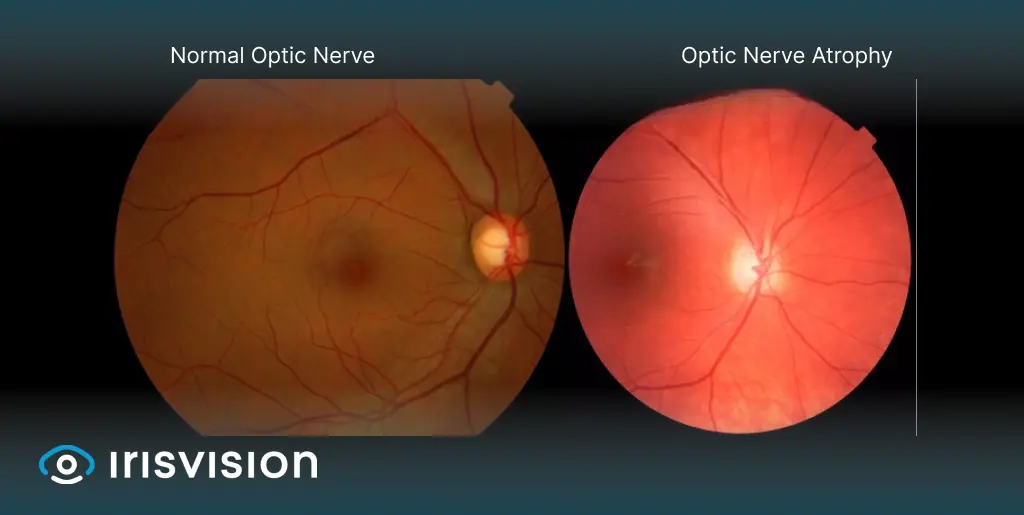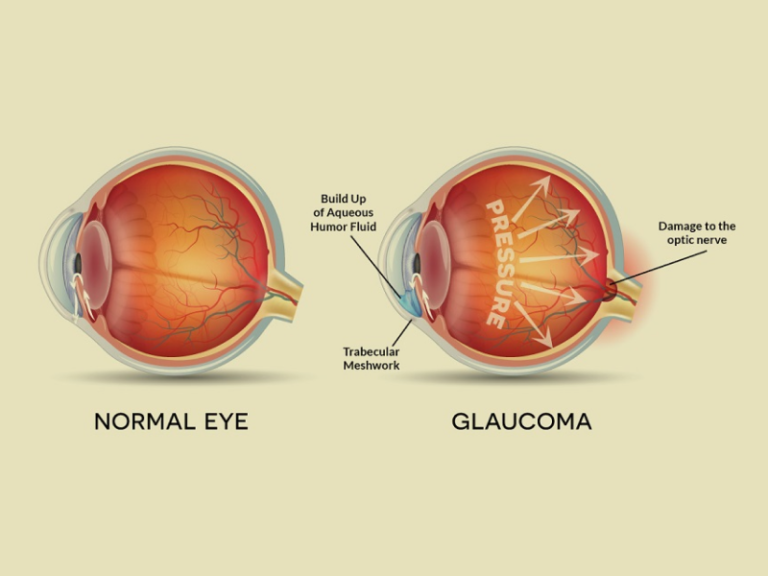Gradual vision loss is a common experience for people with optic atrophy. In some severe cases, it can even lead to blindness. Hence, it’s important that an early diagnosis be made. There are no proven treatments that reverse optic atrophy. Yet, a treatment initiated before the optic atrophy develops can help save the leftover vision.
Optic atrophy caused by glaucoma can be managed through a combination of oral medication, eye drops, and microsurgery. Optic atrophy caused by inflammation, injury, or compression can be stopped by timely diagnosis and treatment. However, in most cases, it would be difficult to restore the lost vision.
But is there a solution to somewhat save the leftover vision while managing optic atrophy? The answer is: yes, there is.
There are some low vision solutions that can help:







